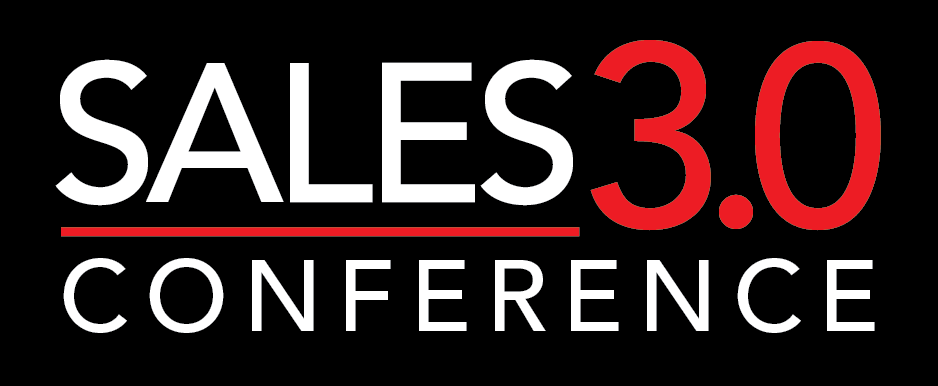Where do you typically go for answers when sales numbers hit a slump?
The usual pattern we have is to blame the lead quality, blame the prospect, blame the weak economy, or say our salespeople lack enthusiasm or motivation.
But what if none of that were causing your numbers to stay the same or even dip?
In fact, odds are high that it’s something you said, or questions you haven’t learned to ask, that are the real reason prospects aren’t buying.
In recent decades, many societal and technological changes have taken place that deeply affect how buyers today like to buy.
A buyer in 2023 would sooner trust their research on Google than trust in what you, the salesperson, has to say.
Add to that the estimated 4,000 to 6,000 messages vying for an average person’s attention daily, and what you’re left with is a culture of highly cautious and skeptical buyers!
So the question needs to be asked: What can be done in our sales conversations to address this?
If you come across as too enthusiastic, needy, or attached, it quickly triggers most prospects to go into fight-or-flight mode – causing your prospects to put their guard up and emotionally shut down.
However, once you learn how to come across as more neutral, calm, and detached, it causes prospects to become curious enough to want to open up and engage with you.
Now what about our sales techniques…do they pass the persuasion test?
Here’s what I mean.
When I started selling, I was also at college majoring in behavioral science and human psychology. This was a deep dive into the study of the brain and how human beings make decisions.
It’s also how I came to understand why people are either persuaded, or not persuaded, to do something.
According to behavioral science, three forms of communication relate to persuasion.
The first form of communication is the least persuasive.
It mirrors the Wolf of Wall Street boiler-room selling, as in telling people why they should buy. It involves “pitching,” “pressuring,” and “pushing,” which causes most prospects to run the other way these days!
The second form of communication is more persuasive.
Consultative selling came out in the 1970s and 1980s and taught that you needed to ask logic-based questions (we call those surface-level questions) to find out the needs of the client.
What’s the problem with asking logic-based questions? Well, it’s that you’re going to get logic-based answers in return.
And do human beings buy on logic or emotion?
Brain studies show that humans make buying decisions with emotion 100% of the time.
This is why you can never simply sell to what the prospect thinks they need.
The truth is, most prospects don’t really understand what it is they need when you first talk with them.
The third form of communication is highly persuasive.
It’s when we ask what are called neuro, emotional, persuasion questions.
These are skilled questions that, when asked in a particular sequence, serve to pull out emotionally pressing problems the prospect didn’t even realize they had.
This sales methodology of asking skilled questions with the right tonality causes prospects to feel comfortable enough to want to open up and go below the surface.
It works like a key that unlocks buying decisions from skeptical Information Age buyers because its questions extract emotion and get the prospect to “pull you in” and persuade themselves they need to change, and then make that change with you.

Jeremy Miner is the chairman of 7th Level, a global sales training company ranked the fastest-growing sales training company in the United States in 2020 and 2021 by INC magazine’s INC 5000 Fastest Growing Companies list. He is a contributor for INC magazine and has been featured in Forbes, USA Today, Entrepreneur magazine, the Wall Street Journal, and a host of other publications on the topics of sales, persuasion, and the role of psychology and human behavior in the buying process. His new book, The New Model of Selling: Selling to an Unsellable Generation – co-authored with Jerry Acuff, CEO of Delta Point Consulting – is available in all major bookstores!




